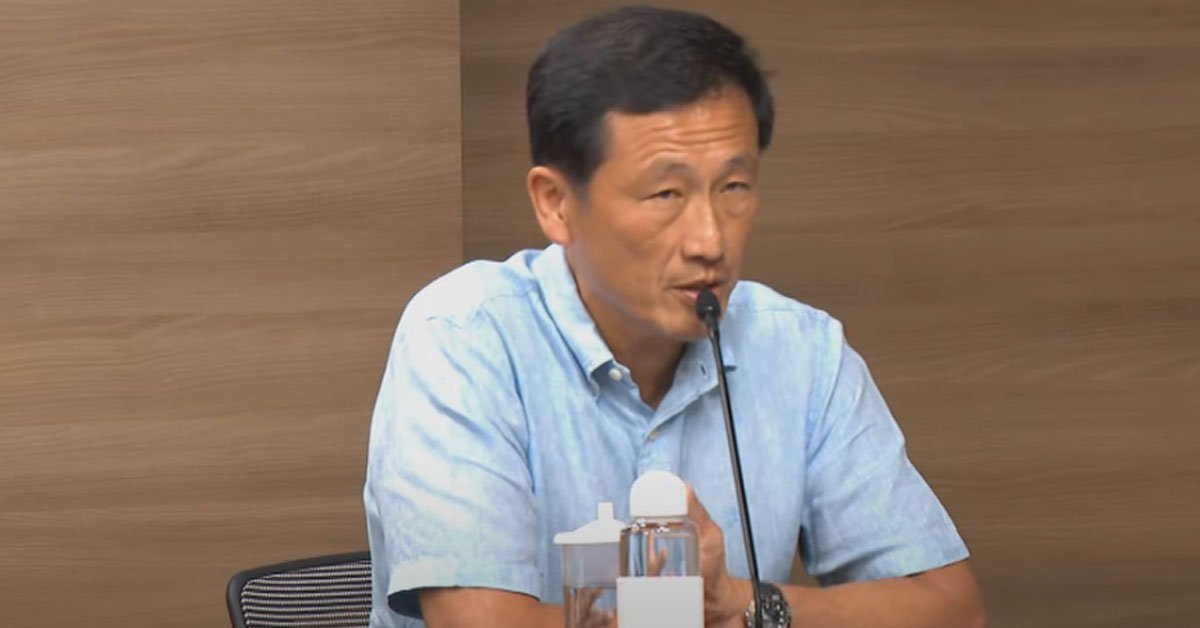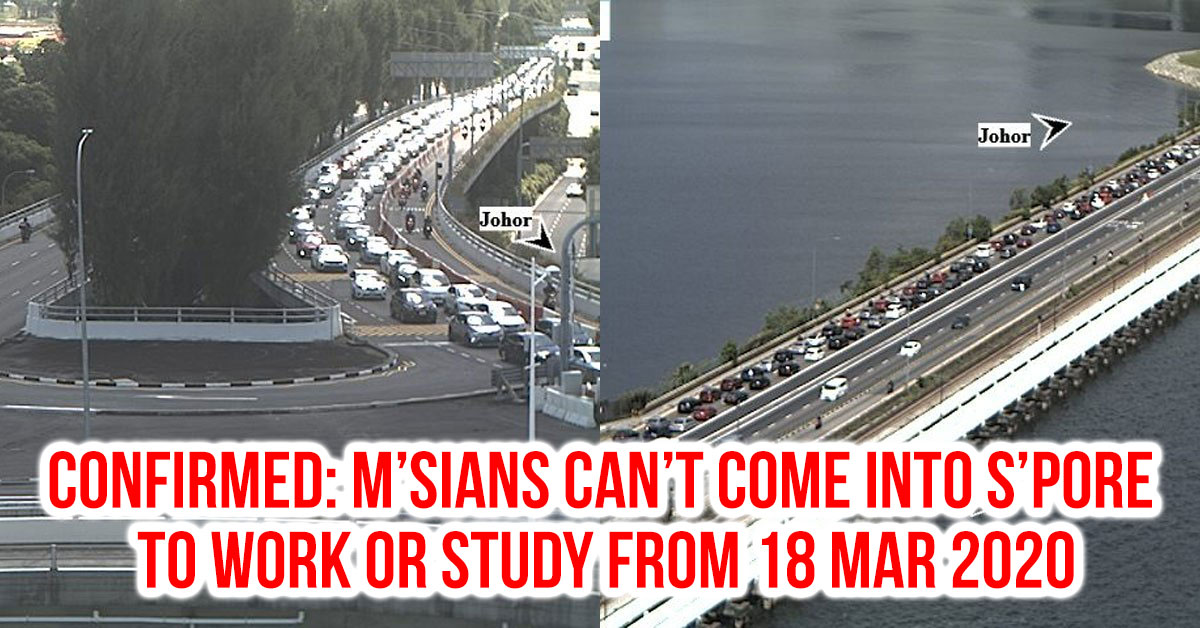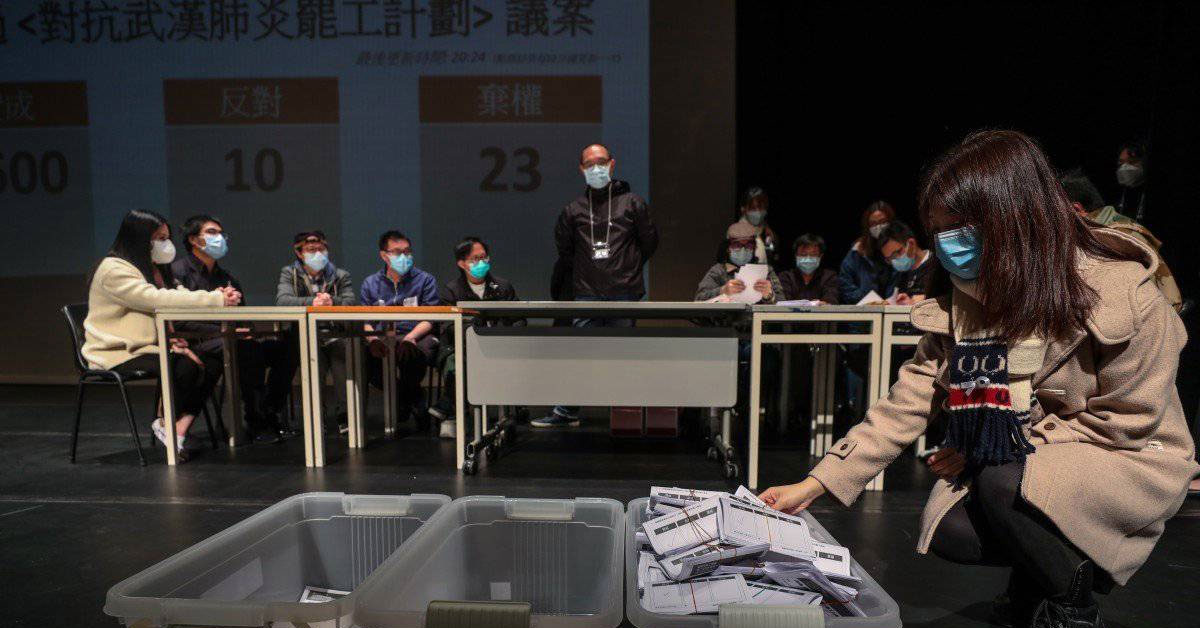After Circuit Breaker ended, the intervals between the COVID-19 press conferences are usually weeks—sometimes even months.
When you have two press conferences in four days, you know something important would be announced.
So grab your popcorn and prepared to be shocked by today’s announcements. Like, seriously.
What Determines Whether More Restrictions Will be Eased During The Extended Stabilisation Phase
Here’s the thing: it’s still relevant to look at the daily cases.
On Wednesday, Finance Minister Lawrence Wong had highlighted that the stabilisation measures will not remain static throughout this coming month.
Today, we get to know what are the key indicators that’ll decide whether we can celebrate our birthday in groups of five.
Firstly, we should be looking at the weekly infection rate (i.e. the ratio of community cases in the past week over the week before).
It is now slightly above 1, which means that infections are continuing to rise, and continuing to put pressure on our healthcare system. If this ratio drops below 1, and the hospital/ICU situation remains stable, MOH will consider some calibrated easing of measures.
This will include allowing selected group sports and school activities to resume with appropriate safeguards, as well as allowing members from the same households to dine together at F&B establishments.
Easing of Restrictions for Unvaccinated People Who Are Medically Ineligible to Take the Vaccines
MOH said that they have implemented Vaccination-Differentiated Safe Management Measures (VDS) across different settings (like entering malls or dining out) to protect unvaccinated individuals and reduce the strain on our healthcare system.
However, they recognise that there is a small group of people who are medically ineligible for both the mRNA and Sinovac-CoronaVac vaccines.
As a special concession, they will exempt such individuals from the VDS if they are certified to be medically ineligible for all vaccines under the NVP. More details on the medical criteria and timeline for the start of this concession will be issued by MOH later.
So eventually, only people who think that COVID-19 vaccines contain microchips would be kept out of malls.
Only People Who Are Full Vaccinated, Recovered from COVID-19 or Tested Negative for COVID-19 Can Go to Their Workplace from 1 January 2022
Here’s the announcement that’s going to shock even the cats in Yishun: From 1 January 2022, only employees who are fully vaccinated , or have recovered from COVID-19 within the past 270 days, can return to the workplace.
Unvaccinated employees will not be allowed to return to the workplace unless they have tested negative for COVID-19 before returning to the workplace, and they will need to pay for the costs of these tests.
And it’s not self-testing at home.
The test should be a Pre-Event Test at an MOH-approved COVID-19 test provider, and must be valid for the duration that the employees are required to be present at the workplace.
Now, earlier on, it was announced that unvaccinated people who are medically ineligible to take the vaccines might have a “special concession”, right?
Unfortunately, not for this case.
The testing requirements will apply to medically ineligible persons and pregnant women as well.
However, tripartite partners have agreed on special considerations that employers should grant to these groups, such as allowing work from home without affecting performance and coming to reasonable agreement on cost-sharing of the tests.
More details will be revealed later.
People’s Association Will Organise Activities for Vaccinated Seniors
Over the past months, the options for seniors to be socially engaged in wellness activities have been limited, as a result of SMMs which had to be imposed to curb transmission of COVID-19. Keeping active is important for our seniors to maintain good physical and mental health.
Hence, the People’s Association will organise activities for fully vaccinated seniors according to prevailing SMMs. These activities for fully vaccinated seniors will be held in a safe manner at specific sites and dedicated timings. The People’s Association will release more details at a later date.
Revision of Border Control
There are several changes to the border control measures, but here are some key points:
- Cambodia, Egypt, Hungary, Indonesia, Israel, Malaysia, Mongolia, Qatar, Rwanda, Samoa, Seychelles, South Africa, Tonga, United Arab Emirates (UAE) and Vietnam will be placed in Category III from 26 October 2021, 2359 hours (require 10-day SHN)
- All travellers from Category II (non-Vaccinated Travel Lane (VTL)), III and IV countries will no longer need to undergo an on-arrival Polymerase Chain Reaction (PCR) test, and will only undergo an end of Stay-Home Notice (SHN) exit PCR test.
Now, of course we see a familiar country there: Malaysia in Category III. Wait, did you read somewhere that the borders between Singapore and Malaysia might open?
Well, it’s just that Malaysia might open to Singapore next month, but talks about Singapore opening to Malaysia with no isolation are still ongoing.
More People to be on Home Recovery Programme by Default
Currently, the Home Recovery Programme (HRP) is for vaccinated people aged 79 and below, and unvaccinated people below 49 and below. However, they must have no severe illness or co-morbidities, and no household members over 80 years old or deemed vulnerable, like people who are pregnant.
Now, it will be the default for fully vaccinated pregnant COVID-19 patients who are below 35 years and are less than 26 weeks pregnant. These patients would be clinically assessed at selected hospitals to be suitable for home recovery before commencing HRP.
MOH will also be onboarding more doctors to provide telemonitoring support for those on HRP, private sector hospitals to expand overall hospital bed capacity to manage COVID-19 and non-COVID patients, and stand up COVID-19 Treatment Facilities to augment the capacity of our public hospitals.
More People Have Taken Booster Shots
Earlier this month, booster shots were offered to people 30 and above who have taken the jabs more than six months ago.
As of 21 October 2021, 190,000 persons aged 30 to 49 years were invited to book an appointment for their booster dose, and about 138,000 (or 72% of those invited) have since booked an appointment.
Sinovac-CoronaVac is Now under the National Vaccination Programme
Previously, only mRNA vaccines were in the National Vaccination Programme: the ones by Pifzer and Moderna. However, people taking Sinovac is considered vaccinated in Singapore, too.
So what’s the difference now that Sinovavc is in the National Vaccination Programme?
Well, for a start, you can say that you’re in the National vaccination Programme, too. And secondly, you can take them at the Raffles City Convention Centre, selected Public Health Preparedness Clinics (PHPCs), and a list of private clinics that have been approved under Special Access Route to provide Sinovac-CoronaVac.
And thirdly, with its inclusion into the programme, there are now new terms to consider whether a person being fully vaccinated if he or she takes Sinovac.
“New” Terms for Sinovac-CoronaVac
For a start, people who can take the usual mRNA vaccines should continue to take them.
Because the vaccine efficacy of Sinovac-CoronaVac is lower, it will be three doses instead of two. All individuals who have taken two doses of Sinovac-CoronaVac will be regarded as fully vaccinated for 4 months after the second dose, or until 31 December 2021, whichever is later.
The same rule will apply to those who had received two doses of the Sinopharm vaccine, though it should be noted that it’s not in the National Vaccination Programme (yet?).
Read Also:
- Sylvia Chan Responded to New Allegations; Claimed That It’s an Effort to Discredit Her
- Celebrity Kimberly Chia Suddenly Announced That She’s Married & Also Pregnant
- Former POSB CEO Died Due to COVID-19; Was Unvaccinated Due to Fear of Side Effects
Featured Image: YouTube (CNA)



